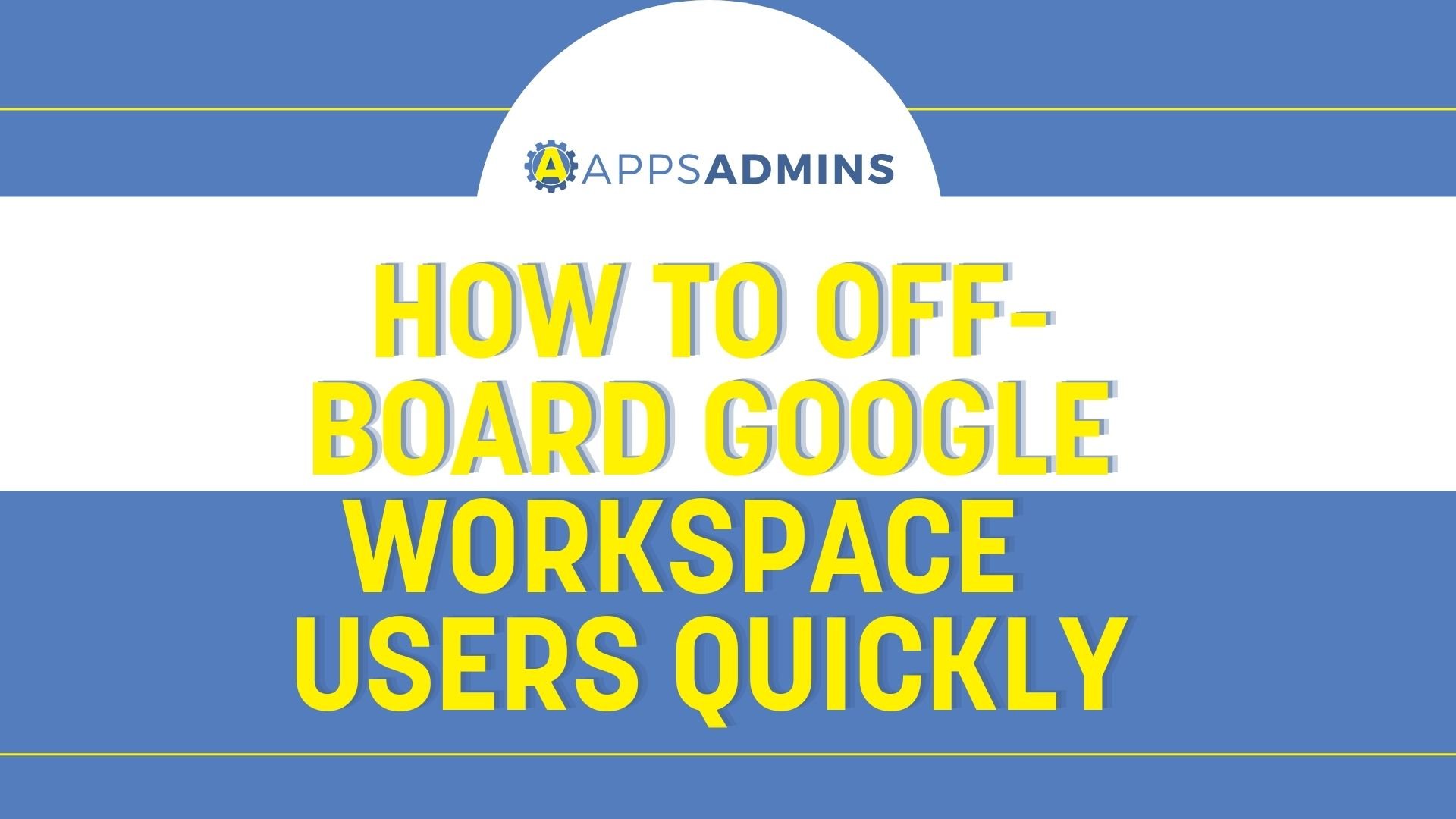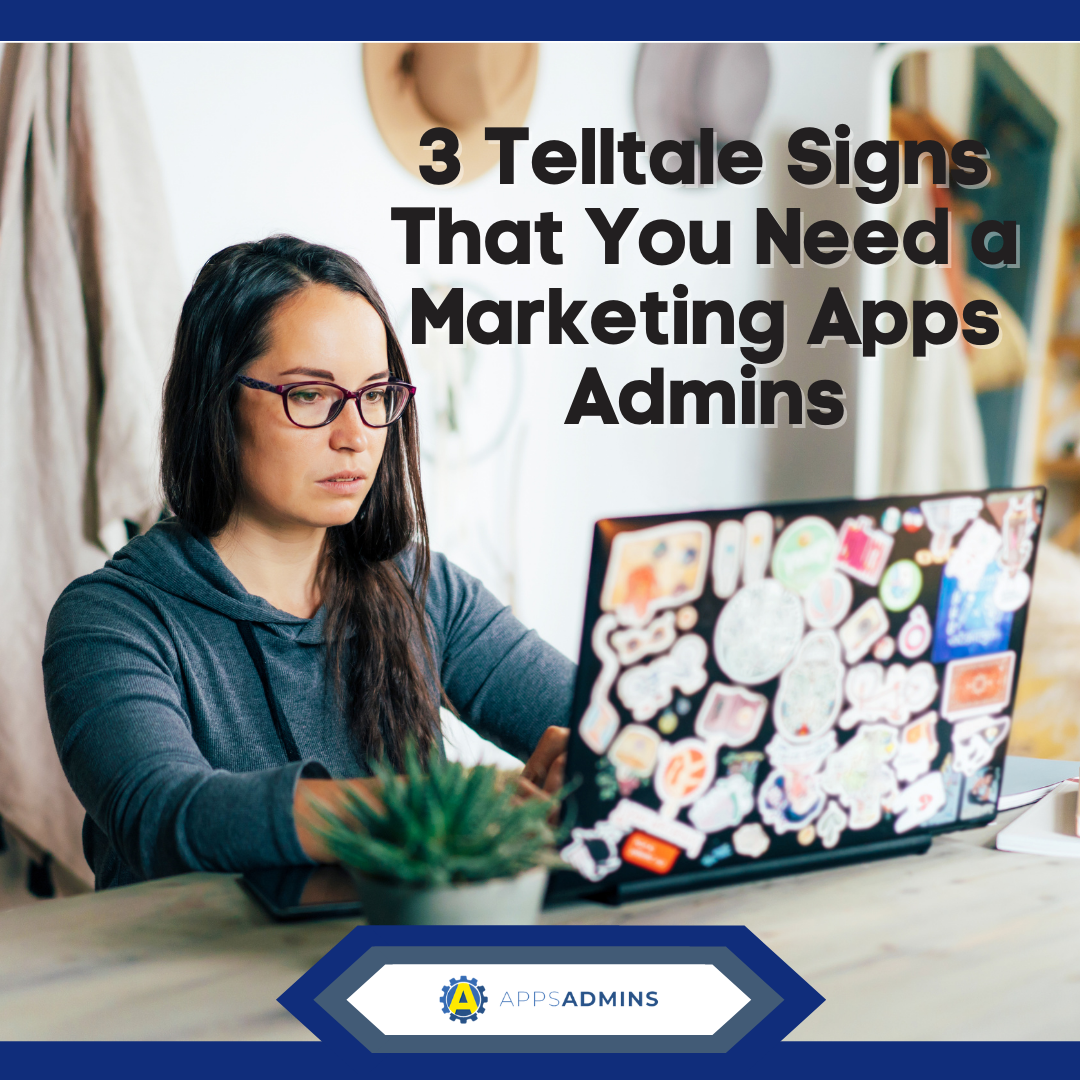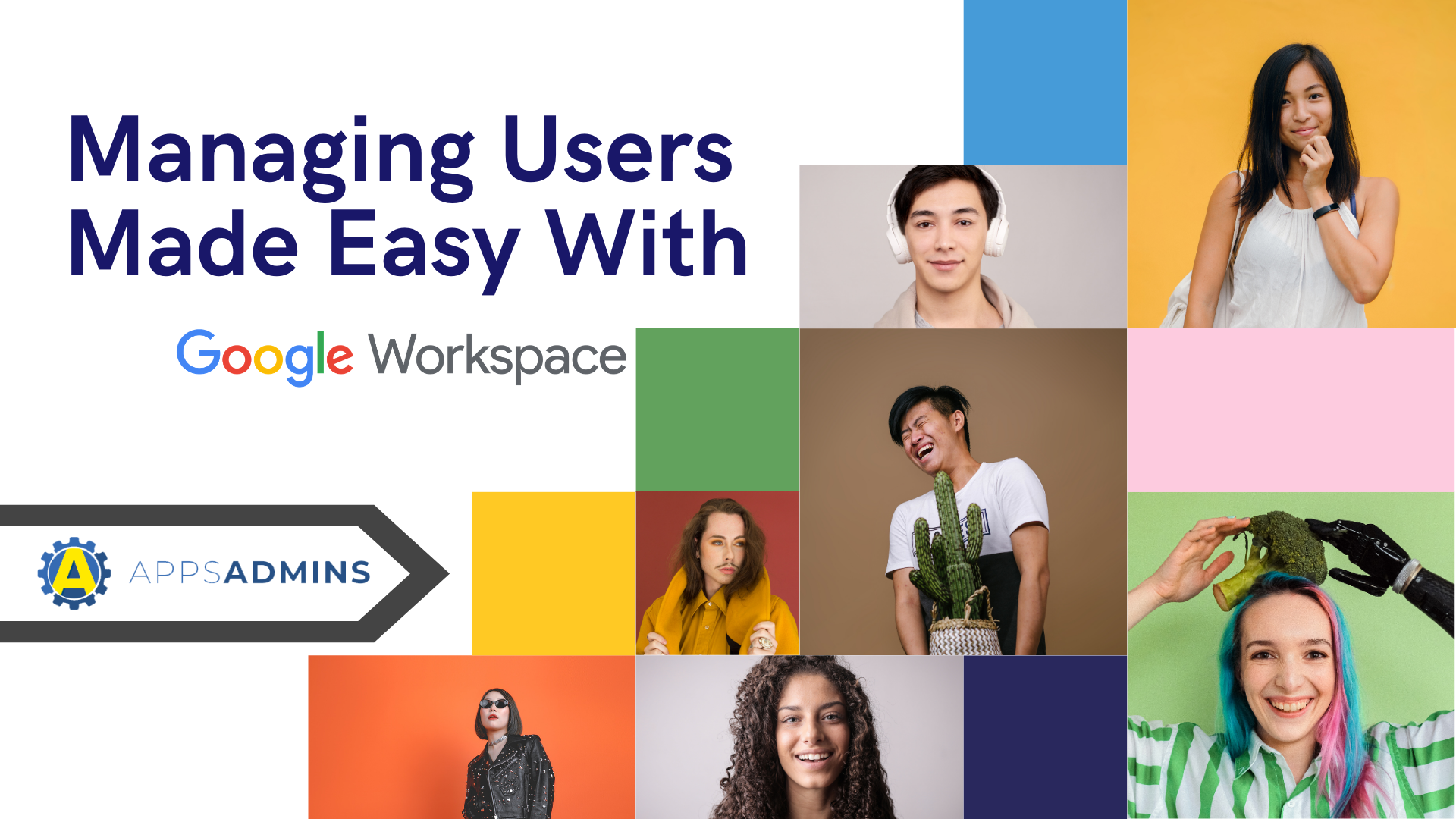G Suite Business Free for 30 Days
Sign up for a Free 30 Day Trial of G Suite Business and get Free Admin support from Google Certified Deployment Specialists.


From the execs to the workers, your enterprise has decided to Go Google. Now it is time to begin the process of training by creating a plan, creating a training site, and having users take training courses. End users need to have the skills to be effective in using Google Workspace (Gsuite) Apps for Work.
In Google's change management guide, Google Workspace (Gsuite) Apps rollout is divided into 3 phases:
-
Core IT - Your pilot IT staff starts using Google for everyday activity
-
Early Adopters - A small percentage of users are set up to be familiarized with Google Workspace (Gsuite) Apps for Work
-
Global Go-Live - All users become synchronized and active Google Workspace (Gsuite) Apps users
Google provides specialized courses for each phase and audience. Using these resources you can go about training end users to use Google's products.
Phase 1: Core IT
Developing A Training Plan
Training needs to follow a Who, What, When and How approach to adopting Google Workspace (Gsuite) Apps. You have to ask the following questions:
- Who needs training? Which user groups?
- What skills do users need?
- When will training be completed?
- How will training be given?
These questions and considerations help you determine where you enterprise stands and what steps you need to take next. Analyze your user groups. Are there users who have never used Google? That group will likely need special training.
For example, IT, Communications, and Help Desk workers will utilize different features of Google Workspace (Gsuite) Apps. Google provides a series of training courses to be taken during each phase. They focus on the set of Google products end users will use the most:
- Google Workspace (Gsuite) Apps for Administrative Assistants - Advanced tasks in Gmail and Calendar
- Google Workspace (Gsuite) Apps for IT Administrators - Managing services in accounts and Google Workspace (Gsuite) Apps Control Panel
- Gmail and Calendar Basics - Basics of Gmail and Calendar (inbox, event, messages)
- Google Workspace (Gsuite) Apps for the Help Desk - Google Support
- Google Workspace (Gsuite) Apps for Executives - Gmail and Calendar delegation, GSuite Apps on mobile
- Google Guides training for Global Go-Live - Signatures and Labels
Phase 2: Early Google Workspace (Gsuite) Adopters
In the Early Adopters phase, the training plan and implementations that began during the previous Core IT phase is expanded. The foundation you created (training sites, planning) will help a greater set of users.
Some of the courses mentioned in the Core IT phase (Google Workspace (Gsuite) Apps for Administrative Assistants, Google Workspace (Gsuite) Apps for Executives, Google Workspace (Gsuite) Apps for the Help Desk) will be delivered to applicable audiences.
- Executives - In Google's Apps Learning Center, executives have access to resources to go to for help as mobile users. Specialized training for executives consists of the usage of mobile devices and offline email.
- Help Desk - Help Desk users learn how to work with Google Support and gain basic troubleshooting skills from Google's Troubleshooting resource. This group of users benefits from sharing the data migration strategies from Phase 1.
- Administrative Assistants - Administrative Assistants are supported by a set of tips provided by Google's "Top 20 Ways to Use Google Workspace (Gsuite) Apps for Administrative Assistants".
During this phase, you should be careful to note the concerns, questions and feedback users may have about the training. You can utilize and reference that feedback for the Global Go-Live phase.
Phase 3: Global Go-Live
It's go time! By now, your communication and internal marketing strategies should have gotten the average end user informed and ready for the switch. The information collected during the first 2 phases will be put to use as you finalize and update the training materials you are using. In the final phase, you will be training a large swath of users.
At most, all users should have been taken the Gmail and Calendar Basics course. Because there is such a large group to work with, the following best practices will ensure a smoother transition:
- Promote your training materials (sites, ebooks, online documentation, eLearning)
- Give people a step-by-step guide to getting started
- Use different learning formats for different learning styles
- Include a FAQs to prevent repetitive questions
By the time you get all users through training, your enterprise will be ready to go Google. The workers of your organization will be utilizing a powerful collaboration tool in all aspects of their daily work.
.jpg?width=818&name=appsadmins-svg-rules-1%20(2).jpg)







